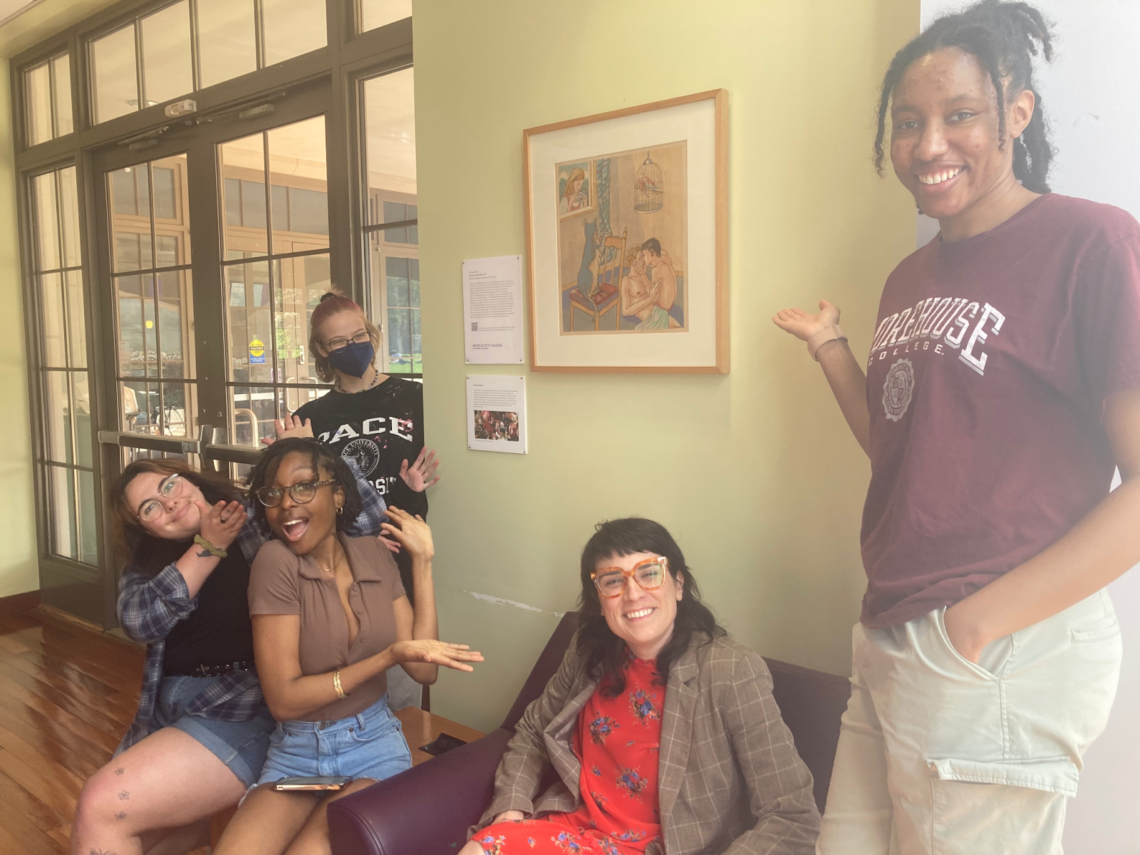
The Creative Arts Major: Visual Practices
A Look at the Visual Practices Concentration in Agnes Scott's Creative Arts Major from Professors Nell Ruby and Katherine Smith
In April 2023, Agnes Scott’s faculty voted on the creation of a new major program, the Creative Arts major, to encompass multiple existing and new academic areas. In order to explore these new and refreshed areas of study, over the next few months we will be releasing a series of blog posts guest-written by Agnes Scott professors about their areas of concentration with the Creative Arts. This is part one of the Creative Arts series.

For most of the last 20 years, fall semester has brought public talks by seniors in our capstones on works in the Dalton Gallery or permanent collection. This year is no exception. We are hard at work preparing for this anticipated event on October 12 at 6:00 p.m.
Students graduating with degrees in art and art history (this year will be our last with these two majors – we are now Creative Arts/Visual Practices, a nominal and pedagogical change—but a persistent commitment to interdisciplinarity,
criticality, and creativity) deliver a collective, public presentation on the fall exhibition. Recordar Anhelar: Aesthetics of Undocumentedness opened on September 15 (on display through December 19), a group exhibition with thirteen artists, who engage disparate media to share experiences of and perspectives on the undocumented spectrum, cultural heritage and contemporary contexts.
The gallery talks are ambitious. They were inspired by my (Katherine’s) experience as a lecturer at the Museum of Modern Art, New York, at the end of graduate school. [Yes, we are asking students to participate in advanced work, indicative of a professional skill in the visual arts. And they do so well!] That job was my first opportunity to present relatively informal talks to a general audience in spaces shared with the art (as opposed to papers read to professors and peers alongside slides in a classroom or conference hall). It was a lesson in understanding how to talk about work I really cared about with those interested, intelligent and untrained in the terminology (sometimes jargon) of my field. It was a growth task and steep learning curve as I had to figure out how to use my knowledge and skills to make art more accessible and inclusive – to help those gathered with me to see what I saw – not just in a work’s composition but also in the broader visual languages that drew me first as an undergraduate and hold me still today, more than thirty years later.

For our seniors, the gallery talks are a chance to practice, with higher levels of independence and agency, the skills that they have been honing since our intro courses in which we use works in Agnes Scott’s permanent collection of global contemporary art to look closely and attentively, describe thoroughly and accurately, and situate relevantly and meaningfully within an artist’s career and cultural dialogues. When our seniors share selected works with us, as an audience, they confirm and invigorate our own looking, effectively teaching new strategies for seeing. They then propose ways to know more and think deeply — thematically and contextually.
This is a hard project! It is difficult to refine language and word counts, effectively share ideas and images with the acuity and economy necessary for a five-minute talk. We draft, rehearse, revise, repeat. For the faculty, the talks are among our favorite moments in undergraduate careers. We witness our students exchange roles with us: they become our teachers as they develop and exhibit expertise about subjects and artists they have studied (and often interviewed) but we have not yet encountered. It is the best. The gallery talks are individual (on single artists/works) and collective (by the seniors as a group), which mirrors the structure of most of our classes. Learning in person is dependent on personal insights alongside collaborative support – and, when needed, challenge – and, when called for, celebration. They are incredible accomplishments providing a useful and practical professional skill relevant to various roles in the art world at large.

The Dalton Gallery is central to the Dana Fine Arts Building (John Portman, 1966). On the first floor, it is the space that welcomes and connects. You cannot reach classrooms, studios, theater, offices without crossing into and through this gallery, which hosts changing exhibitions of various sorts, often of contemporary and emerging artists. In a way, it contrasts the works in the permanent collection, which hang throughout campus, allowing our community members and visitors to encounter them in everyday spaces. We are surrounded by significant and provocative art in our library, student center, chapel, among many other places. Ask us about it! Or ask our students! Or take a class– we regularly incorporate these works into our curriculum.
Among the works you’ll see on campus are a number we have acquired through the Seniors Select project. Our graduating seniors receive a budget to propose (to one another) and choose (as a group) a work for the permanent collection. They are charged with making arguments based on visual qualities (elements and principles of design), cultural context (artist’s significance and message), and relevance to teaching and learning (the community, especially future Scotties) on campus).

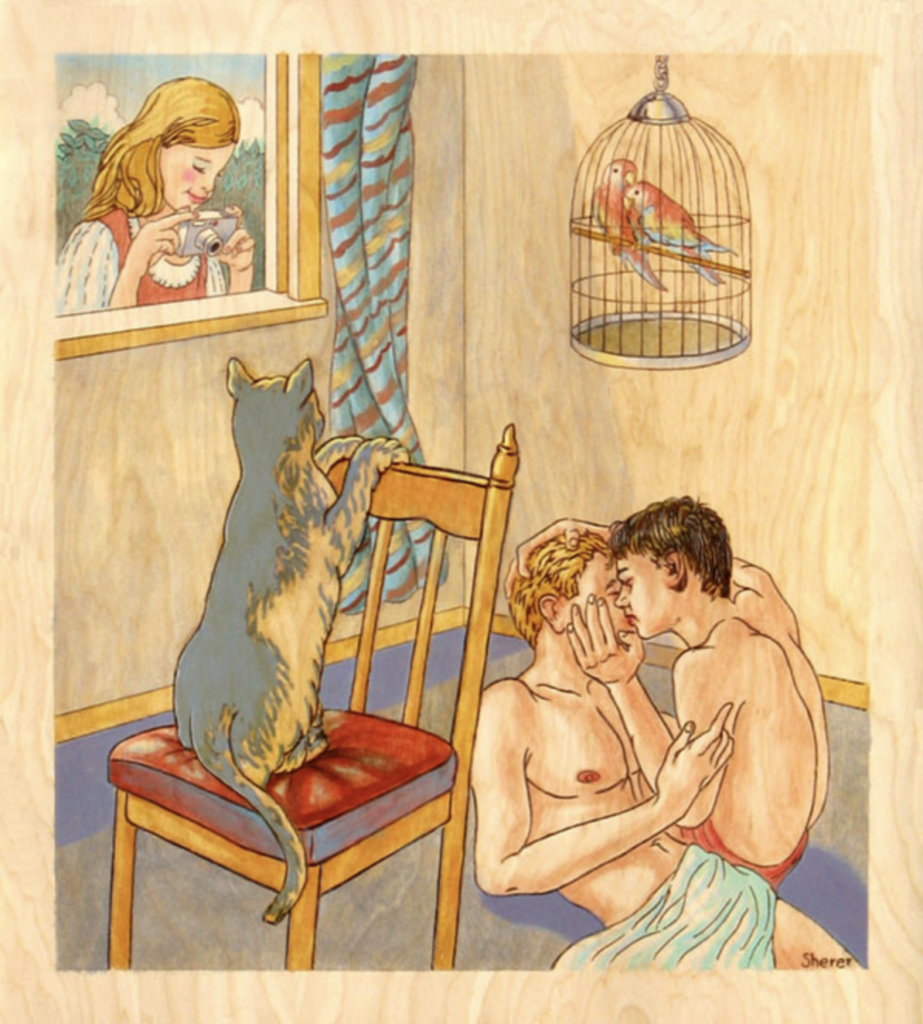
We have been fortunate to work for many years with the long-lived, Atlanta-based journal Art Papers. Most years majors, minors, faculty and guests have attended the annual auction as a group. While we have not always acquired works at this event, it is always a festive and vibrant experience for us with influential members of and contributors to the Atlanta art world.
The transition to the Department of Creative Arts broadens and enhances the collaborative nature of our former department, which taught art and art history as interconnected and complementary approaches. Our somewhat unorthodox name (Visual Practices) attempts to introduce its innovative structure and our process-centered orientation.
The concentration in Visual Practices integrates studio art and art history by combining creativity and criticality; history courses develop foundational skills, provide cultural contexts, and introduce theoretical frameworks; studios hone design principles, material specificity, and individual strategies.
This concentration engages art and art history as complementary and co-extensive means to communicate concepts and convey meaning. Topic-specific courses on particular themes and issues, in studio or historical practices, foster perspectives on contemporary art and explorations of one’s own position within current conversations within and beyond the art world.
The newly formed department of Creative Arts expands the options for interdisciplinary study and collaborative practice. It offers an exciting environment within which students can sharpen their strategies and methods for study and practice in and of creative and cultural contexts.
OLIVER COUGHLIN, ’24
“So far I’ve found that with my capstone project, I’m really enjoying just having the time and space to work on it on my own without having to turn in my thoughts and make it understandable to someone else.
In regards to the art talk, I’ve found it to be quite anxiety inducing, but a very good growing experience…definitely nowhere near my comfort zone, but I think that afterwards I will really have some good experience…very necessary if I end up going into any form of museum studies.”
AUGUST FISK, ’25
“My experience in visual arts has definitely been a highlight of my time at Agnes Scott, mainly because of the professors, with their passion and knowledge, and the students, with their excitement and ingenuity. I look forward to the opportunities and experiences presented to us, what I will learn from them, and how I can apply them moving forward.”
ASHER TURES, ’24
“The senior talks have been a particularly eye-opening experience, as it has allowed me to consider the multiple mediums present… . [M]y experience as an art historian, always looking for the context of each piece or series, always looking into a less visible side of the work sometimes causes me to lose sight of the audience’s perspective. I believe that the artist talks have been a way for me to refocus that lens, and to appreciate the installation for its incredibly moving, visual, artistic qualities as well as the histories that come with each artist’s work.”
NONI AMINAH VAUGH, ’24
The art curriculum here is far outside of the box. It removes you from what is comfortable – you explore possibilities you never knew of. The discussions we have in the department make me feel heard and I find myself collaborating/learning from my peers every day. The professors in art and art history (visual practices) at Agnes Scott truly build a family. I have spoken with artists, worked with artists from all over Atlanta, worked with surrounding area performance artists and even worked in the gallery. The opportunities here are infinite and the professors normalize taking your ideas far and beyond. There’s truly no place like it!”
BECKY BIVENS, ’07, VISITING ASSISTANT PROFESSOR
“The talks are an opportunity for students to show the unique style of communication that belongs to art, which involves intellect and analysis, instinct and feeling, and–of course–creativity and pleasure. After giving my talk, I remember feeling accomplished that I could show people how I saw the artwork and why. These communication skills have enriched my life both professionally and personally.”
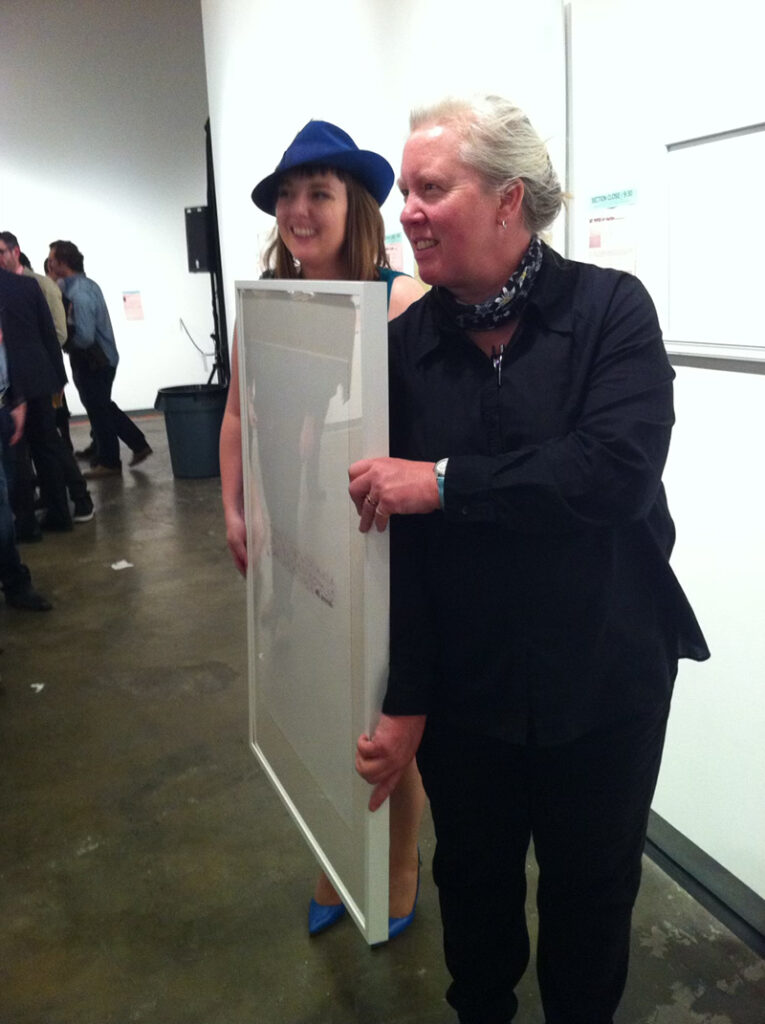
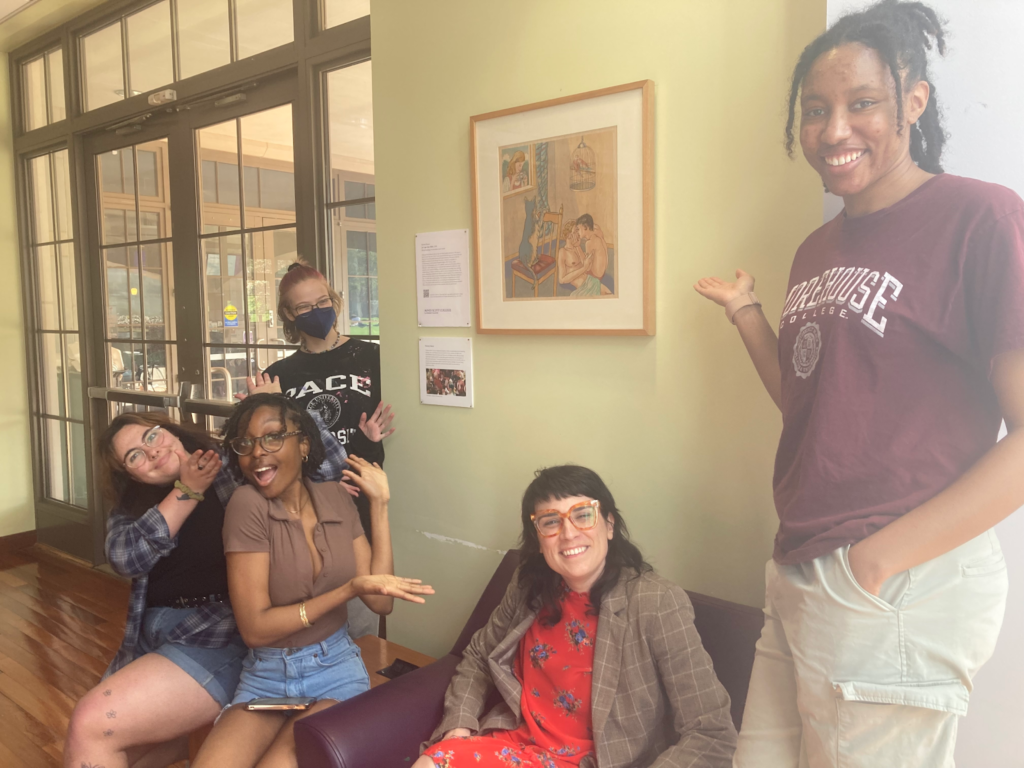

About the Writers:
Nell Ruby, Kathy ’68 and Lawrence Ash Professor of Art/Chair, is a mixed-media installation artist interested in exploring the experience of perception. Using common materials, direct drawing and projected video in large-scale site-specific works, Ruby transforms solid walls into rolling hills, blue skies and seemingly endless planes of light. Imbued with this sense of play, Ruby’s work also brings to mind the darker undertones of a more serious world, one that juxtaposes public and private space, performance and observation, fears and dreamlike experiences.
Katherine Smith, Professor of Art History/Visual Practices, teaches courses in modern and contemporary art and theory. Her approach to teaching draws directly on the interdisciplinary nature of her research, which focuses on thinking across media. Her scholarship addresses intersections in American art and architecture from the 1960s to the present, with emphases on sculpture and urbanism.
You May Also Like
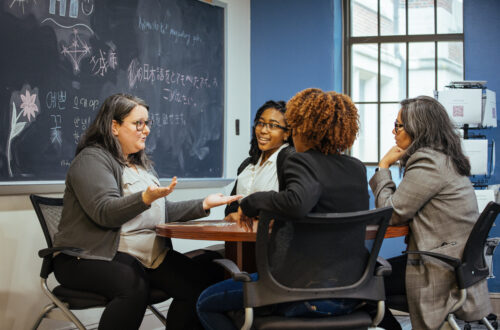
Academic Major Spotlight on: History
November 9, 2022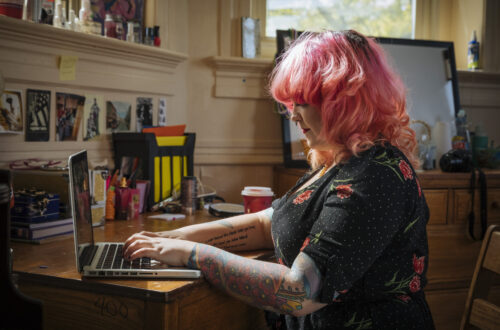
Academic Major Spotlight on: English Literature & English Literature – Creative Writing
March 20, 2024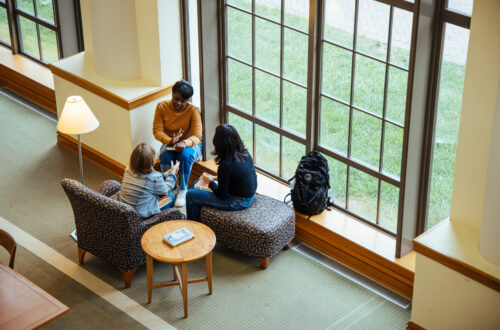
3 Comments
Pingback:
Pingback:
Pingback: